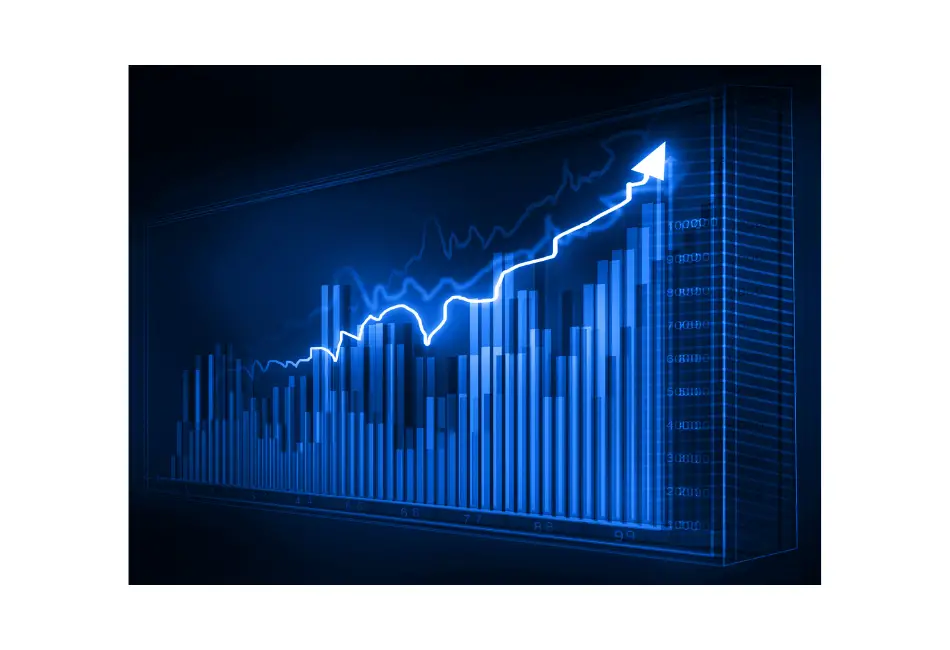Last Updated on 01/21/2021 by GS Staff
The world is highly politically polarized. This is true at the time of this article and likely well beyond its publish date when many people are first reading this post.
Our goal of this article is not to take sides politically because this is clearly not the place to be partisan. Rather, we want to lay out the facts of the stock market of when Obama left office and compare it to where it is at today after almost four years of President Donald Trump.
We will also take a look at how the stock market performed under President Obama’s entire presidency. Additionally, we will provide an overview of the market performance under the first and second terms of Obama.
When Did Obama Leave Office?
President Obama’s presidency ended on January 20, 2017, at 11:59 a.m. Donald Trump became the new president at noon on January 20, 2017. Donald Trump’s first term (and potentially only term) as president is slated to end on January 20, 2021, at 11:59 a.m.
What Was The Stock Market When Obama Left Office?
Now that we know when Obama’s presidency ended on January 20, 2017, we can provide an overview of where the stock market was when he left office.
Let’s take a look at where the major U.S. indexes were during the market closing on January 20, 2017. We can then compare these indexes to where we were at the end of President Trump’s four-year term.
| Index | Obama’s Last Day of Office (January 20, 2017) | January 20, 2021 (End of Trump Presidency) | Return |
|---|---|---|---|
| S&P 500 | $2,271.31 | $3,851.85 | 69.59% |
| Dow Jones Industrial Average | $19,827.25 | $31,188.38 | 57.30% |
| Nasdaq | $5,555.33 | $13,457.25 | 142.24% |
You can see impressive gains above from when President Obama left office in January 2017 to the end of Trump’s four years in office. An Investment in the Nasdaq resulted in the best return of well over 142%.
The Stock Market During Obama’s 8 Year Term
Let’s now take a look at how the market performed over President Obama’s entire term in office. We will simply take a look at the figures of the major indices from the beginning of his presidency until the end.
| Index | Start of Obama Presidency (January 20, 2009) | End of Obama Presidency (January 20, 2017) | Return |
|---|---|---|---|
| S&P 500 | $805.22 | $2,271.31 | 182.07% |
| Dow Jones Industrial Average | $7,949.09 | $19,827.25 | 149.43% |
| Nasdaq | $1,440.86 | $5,555.33 | 285.56% |
The best performance was from the Nasdaq with a stellar 286% return over eight years of the Obama presidency.
Stock Market Returns – Obama’s First Term
Now let’s break down how the stock market performed under President Obama’s first term. You can compare his first term in the table below to the first term of President Trump represented in the first table above if you are looking for a comparison between the two presidents.
Note that President Obama’s first term ended on Sunday, January 20, 2013 (a non-trading day). The market close on Friday, January 18, 2013, was used for the January 20, 2013 data.
| Index | January 20, 2009 (Start of Obama’s 1st term) | January 20, 2013 (End of Obama’s First Term) | Return |
|---|---|---|---|
| S&P 500 | $805.99 | $1,485.98 | 84.37% |
| Dow Jones Industrial Average | $7,949.09 | $13,649.70 | 71.71% |
| Nasdaq | $1,440.86 | $3,134.71 | 117.56% |
Stock Market Returns – Obama’s Second Term
President Obama’s second term was not as strong as his first term in regard to market returns. However, an investment in any one of the indexes would at the start of Obama’s term would have provided respectable annual returns.
| Index | January 20, 2013 (Start of Obama’s 1st Term) | January 20, 2017 (End of Obama’s 2nd Term) | Return |
|---|---|---|---|
| S&P 500 | $1,485.98 | $2,271.31 | 52.85% |
| Dow Jones Industrial Average | $13,649.70 | $19,827.25 | 45.26% |
| Nasdaq | $3,134.71 | $5,555.33 | 77.22% |
Conclusion
It is easy to look at the above numbers and conclude that one president outperformed the other. However, it is much more complex than just looking at market performance and pronouncing a winner. For example, how much did COVID impact Trump’s economy, or how much did the already recovering market from the housing crash benefit Obama? The many events that shaped the economy over each presidency must be evaluated in full to obtain a clear understanding of the market returns displayed above.
